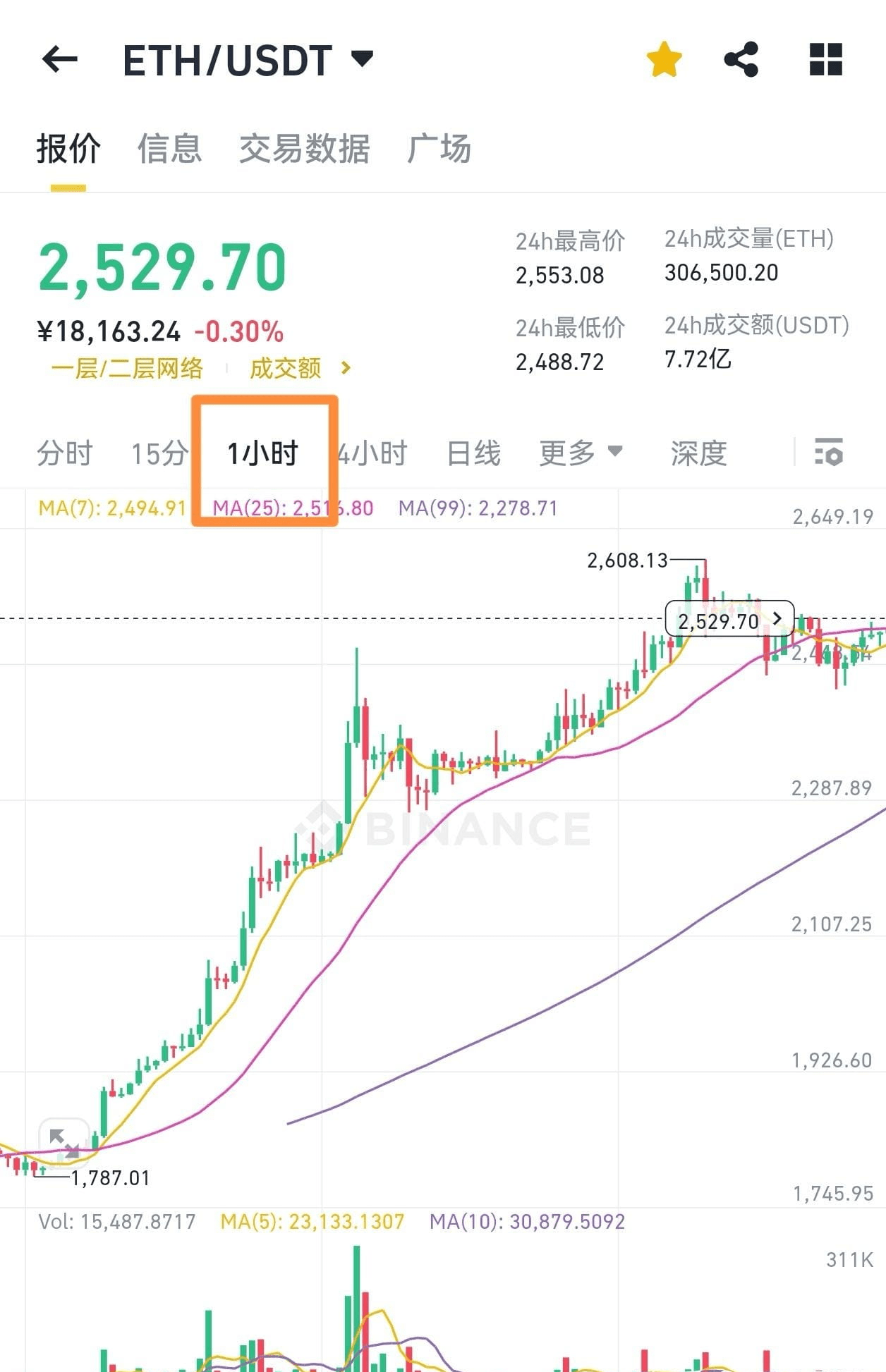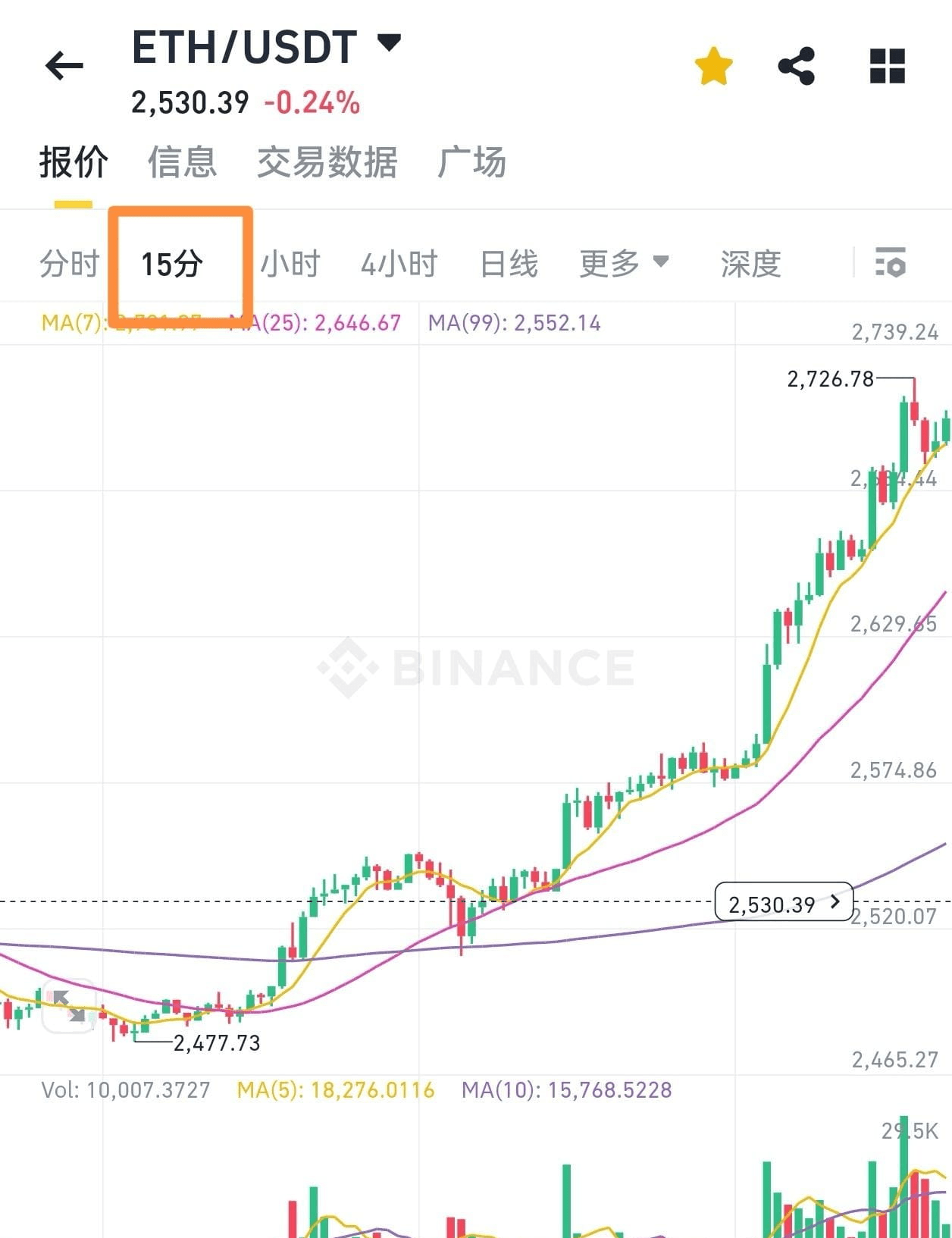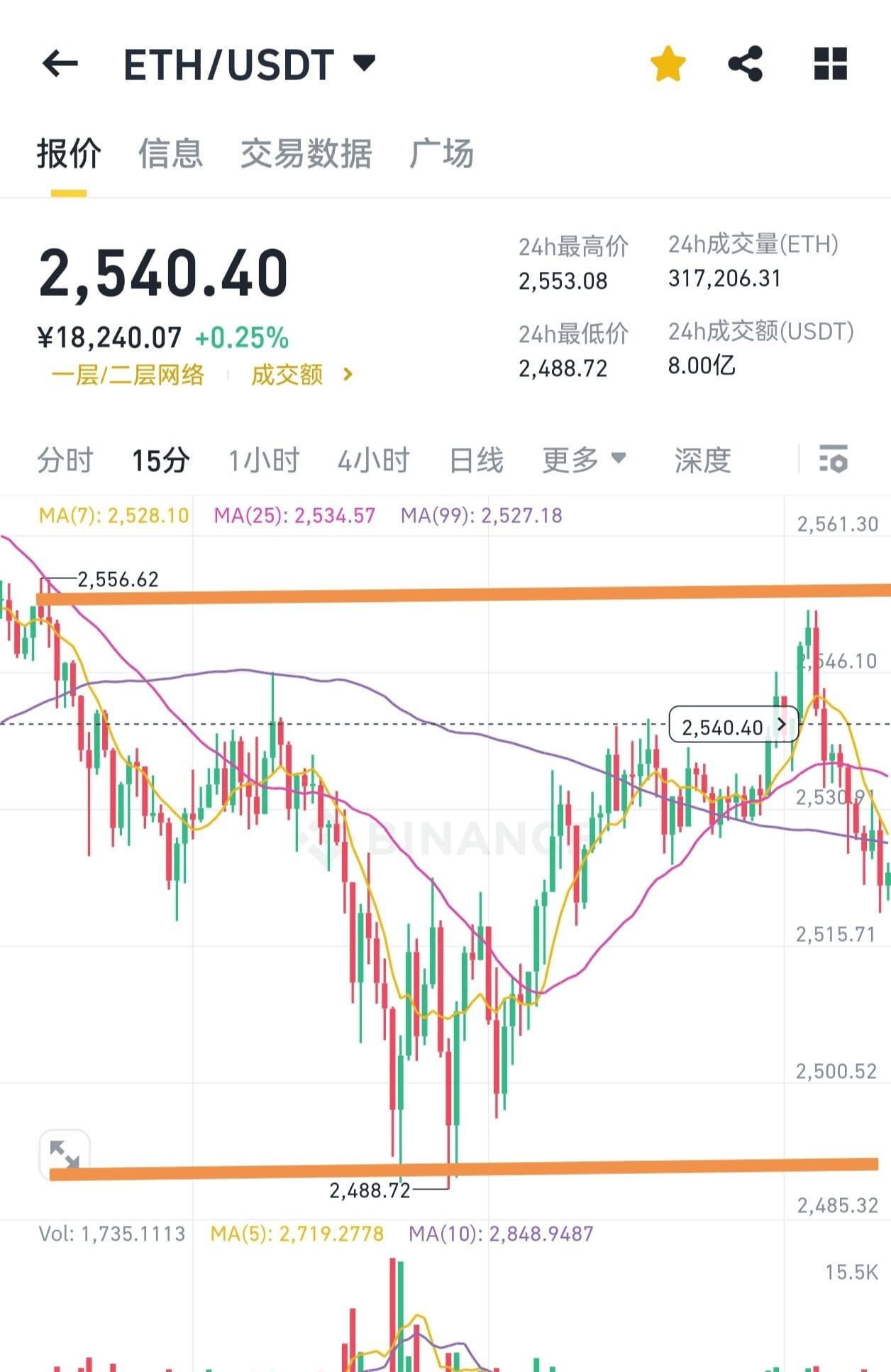If you want to achieve profits through the cryptocurrency circle, long-term and stable profits, you must possess the following three qualities!
This learning material belongs to serialized teaching, and the entire teaching content mainly discusses contracts, with large and small contracts as the main teaching targets!
First, understand the three forms of contracts
Second, a stable trading mentality
Third, a mature trading strategy
Next, I will discuss these three contents from a theoretical perspective!
First, the three forms of contracts (large and small contracts)
Only by understanding the three forms of contracts can I teach you in the next chapter how to operate when facing different patterns!
1. One-way trend (unilateral rise or fall)
a, taking time K line charts as an example (taking ETH as an example / above 240U)
Taking 1-hour K-line as an example, (Ethereum) a unilateral increase exceeding 240U is called a 1-hour line one-way trend;
Its characteristics are as follows: unilateral increase, small step-like accumulation increase, rising while washing the disk (very small retracement, and the subsequent wave of increase covers the previous wave of retracement), after finishing one phase, the retracement never breaks the level, after a period of time in the monkey market, another phase of increase continues until a large column of high-level decline forms/or a high-level downward spike occurs (generally will not immediately retrace), which marks the end!
(As shown in the K-line pattern below)

b, taking 15-minute K as an example (taking ETH as an example! above 120U)
Taking 15-minute K-line charts as an example, (Ethereum) a unilateral increase exceeding 120U is called a 15-minute line one-way trend;
Its characteristics are as follows: similar to the logic of the 1-hour K, unilateral increase, small step-like accumulation increase, rising while washing the disk (very small retracement, and the subsequent wave of increase covers the previous wave of retracement), after finishing one phase, the retracement never breaks the level, after a period of time in the monkey market, another phase of increase continues until a large column of high-level decline forms/or a high-level downward spike occurs (generally will not immediately retrace), which marks the end!
The difference between 15-minute K and 1-hour K is: the amplitude range of 15 minutes is lower; 15 minutes sometimes forms continuous 7-10 waves of unilateral movement without retracement (1-hour K also has this in the early stage); the conclusion of 15-minute K will ultimately be reflected in 1-hour K, while 1-hour K can easily be washed by 15-minute lines!
(As shown in the 15-minute K one-way trend)

In short, a one-way trend (whether up or down) is a trend where all players can achieve a doubling of profit (the next chapter will teach how to operate)!
2. Monkey market (jumping up and down)
Taking ETH as an example, we refer to fluctuations within 100U (mostly concentrated within 60U) as a monkey market; the monkey market is accompanied by the most K-line charts, whether 15 minutes or 1 hour K, most patterns are monkey markets; and the monkey market is the main pattern where most players incur losses!
Because the jumping up and down in the monkey market creates the possibility of both an increase and a decrease, this causes many people with poor mentality to repeatedly open positions and stop-loss, ultimately breaking their mentality in the monkey market and becoming nothing!
Characteristics of the monkey market: mainly reflected in the 15-minute line, jumping up and down, creating panic with 2-3 consecutive rising or falling K-lines; during the monkey market, a clear direction will not be found, but the end of the monkey market will be determined by a larger 15-minute line (upward or downward) to determine the next one-way wave trend!
(As shown in the narrow space of jumping)

3. Sudden movement
We refer to a sudden significant increase or decrease in movement as a sudden movement; the duration is approximately 2-4 hours, after which there will be a phase stop or a retracement; however, the movement range during this interval is mostly between (taking ETH as an example 150-200U); this sudden movement can cause many players to panic and stop-loss, leading to significant losses; even during the stop phase, there can be a spike that leads to liquidation; because this type of sudden movement usually ends this phase with a spike!
The three forms above can be summarized as "three types in contracts," which are the patterns that all players need to deal with!
Therefore, you must clearly understand which pattern you are in to operate accordingly!
In the next chapter, what valuable content will we output?
1. How to distinguish which pattern you are in!
2. How to handle losses and profits in each pattern!
3. How to layout in advance to profit in each pattern!#比特币巨鲸动向 $BTC

